Researchers have developed an optimization program to design the behavior of small e-puck robots to allow them to work in unison.
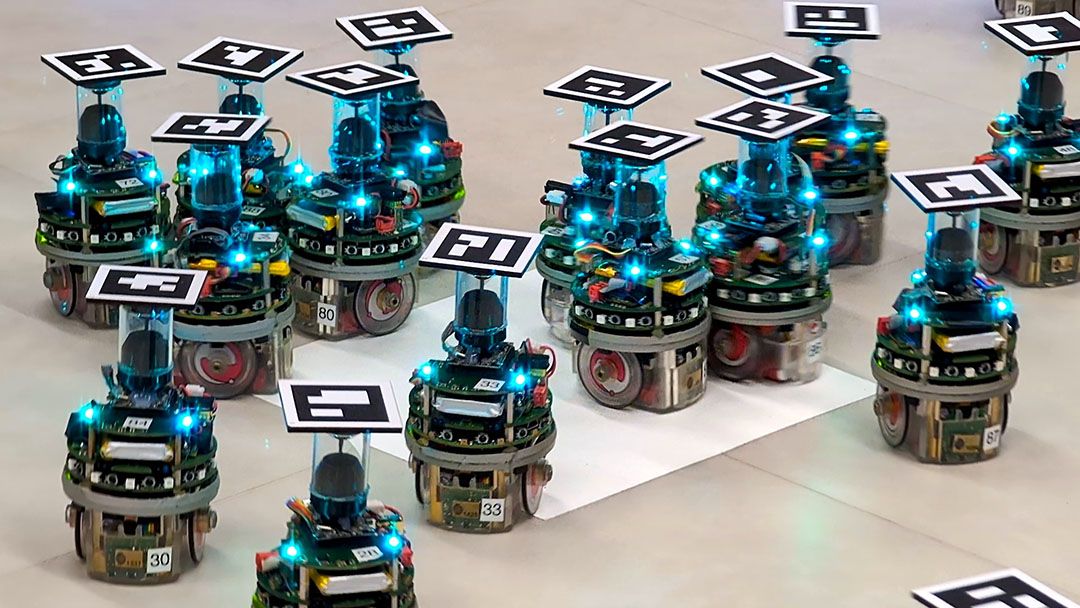

Researchers have developed an optimization program to design the behavior of small e-puck robots to allow them to work in unison.
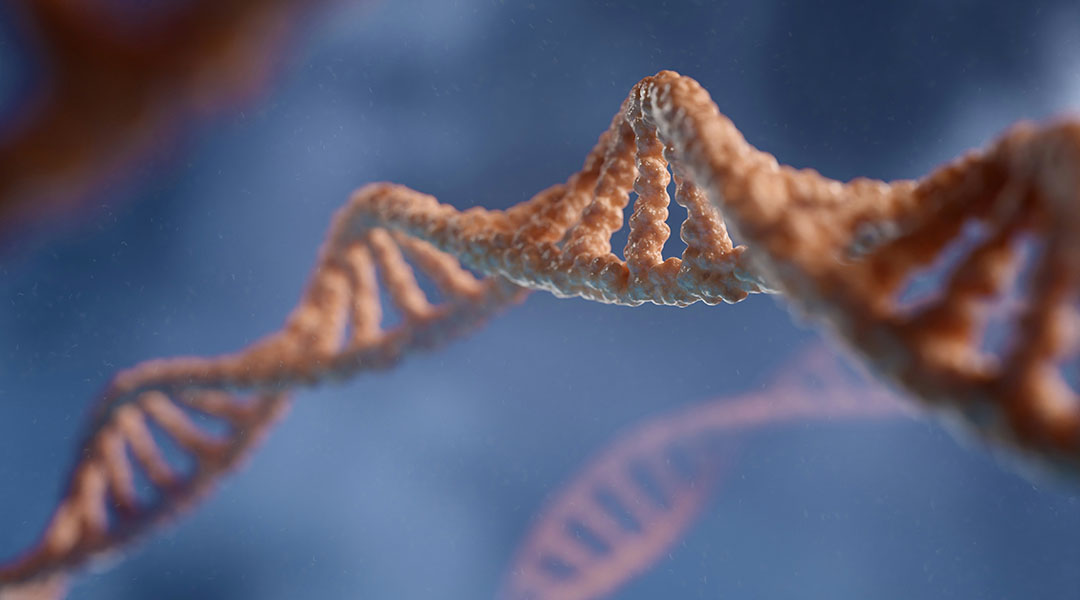
Scientists uncover how the complex interactions between nucleosomes influence DNA’s organization in chromosomes.
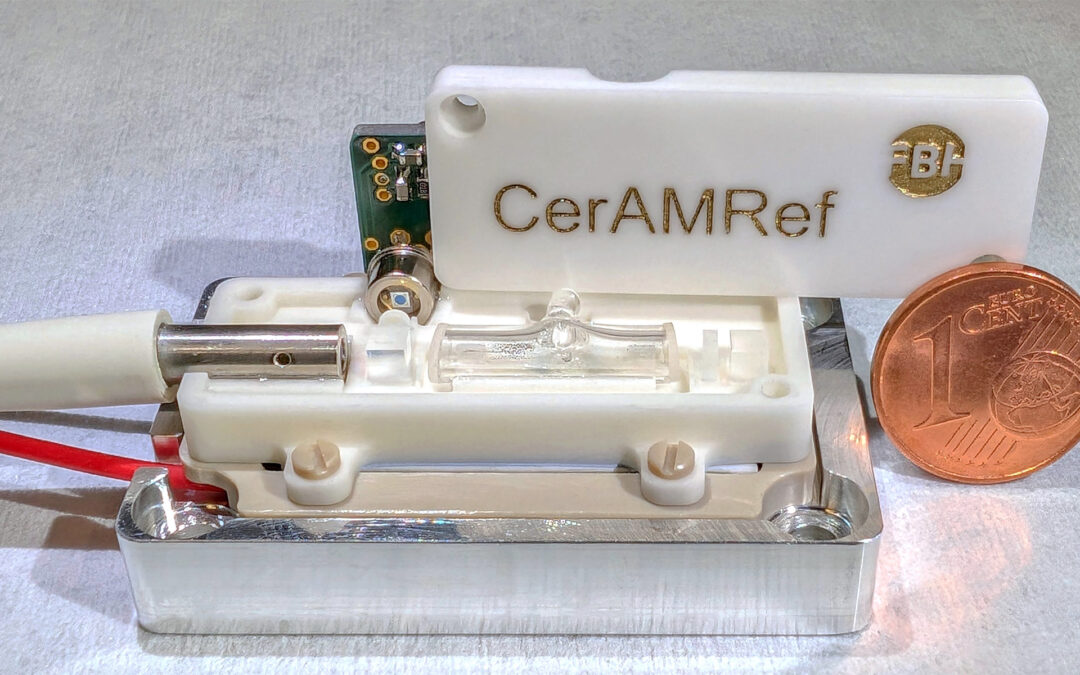
3D-printed ceramics enable smaller, more stable quantum devices for applications in quantum computing, sensing, and communications.
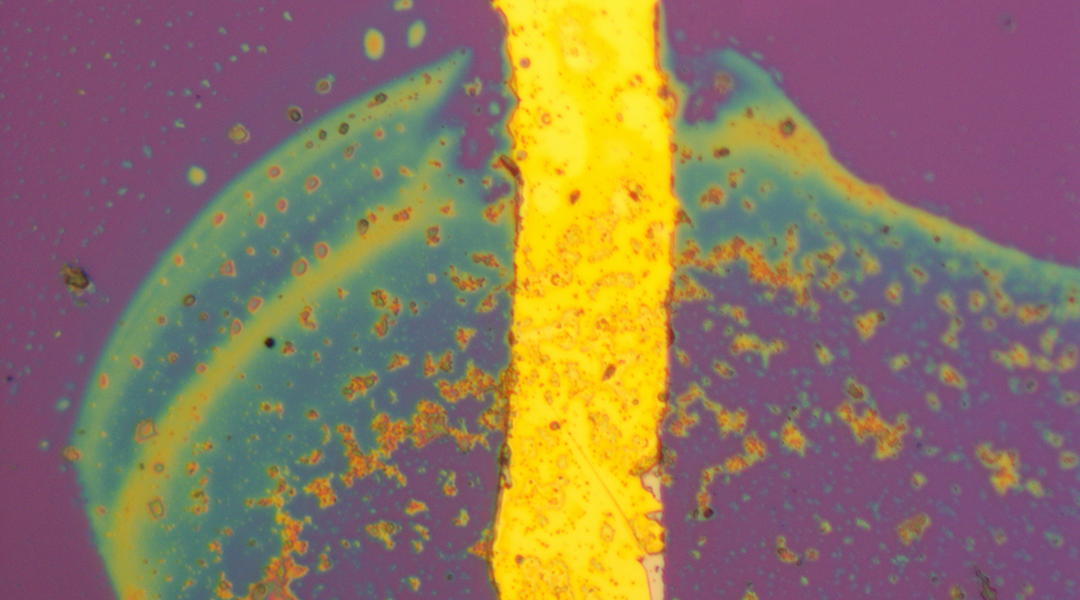
Scientists have optimized nanodiamond sensors, with potential breakthroughs in electronics, medicine, and quantum tech.
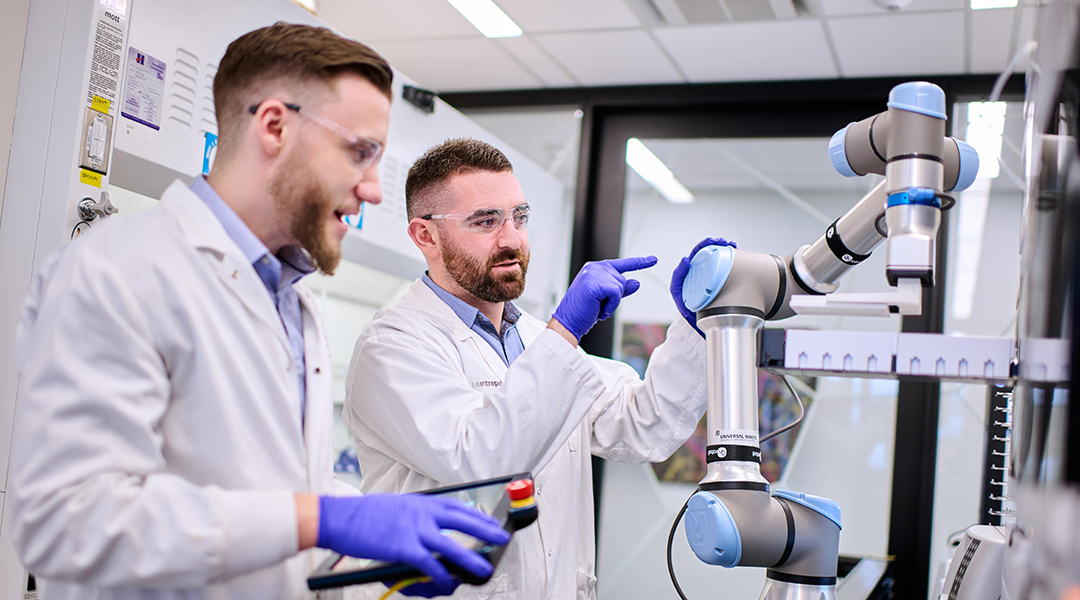
Scientists are speeding up drug formulation to breath new life into old medications and reduce risk of clinical trial failure.
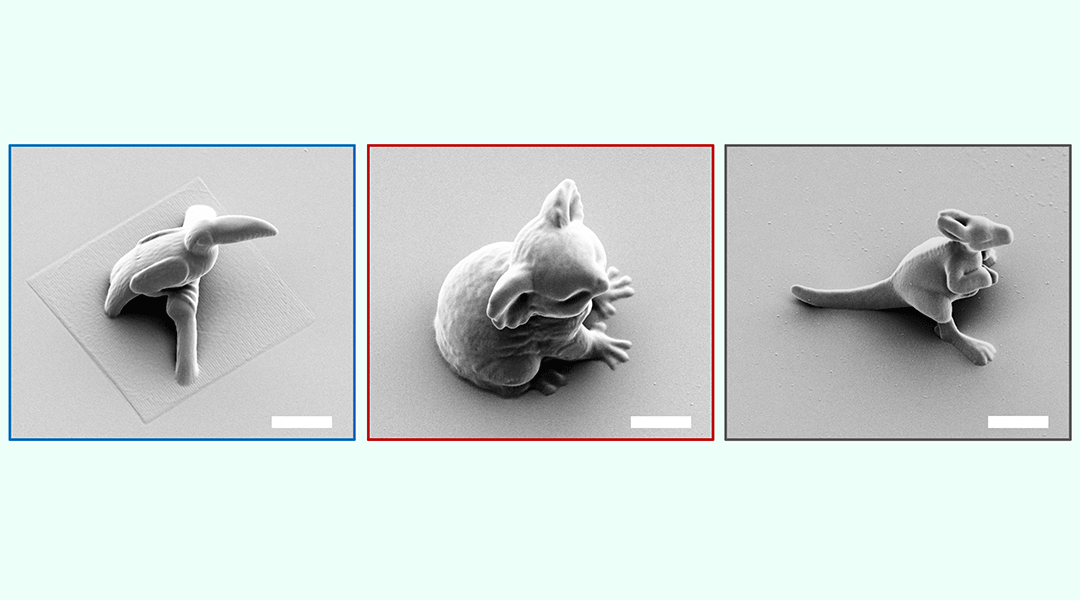
Defining the molecular sequence of ink ingredients gives chemical engineers precise control of microscopic 3D printing.
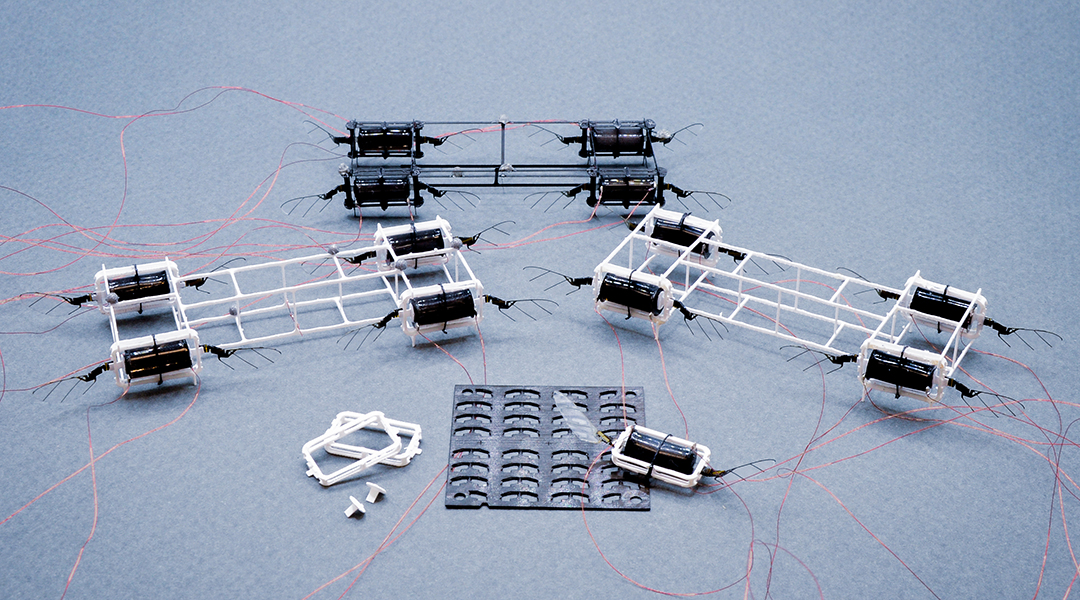
To make swarms of honeybee-sized robots, researchers propose new design and fabrication methods to cut down on time and resources.
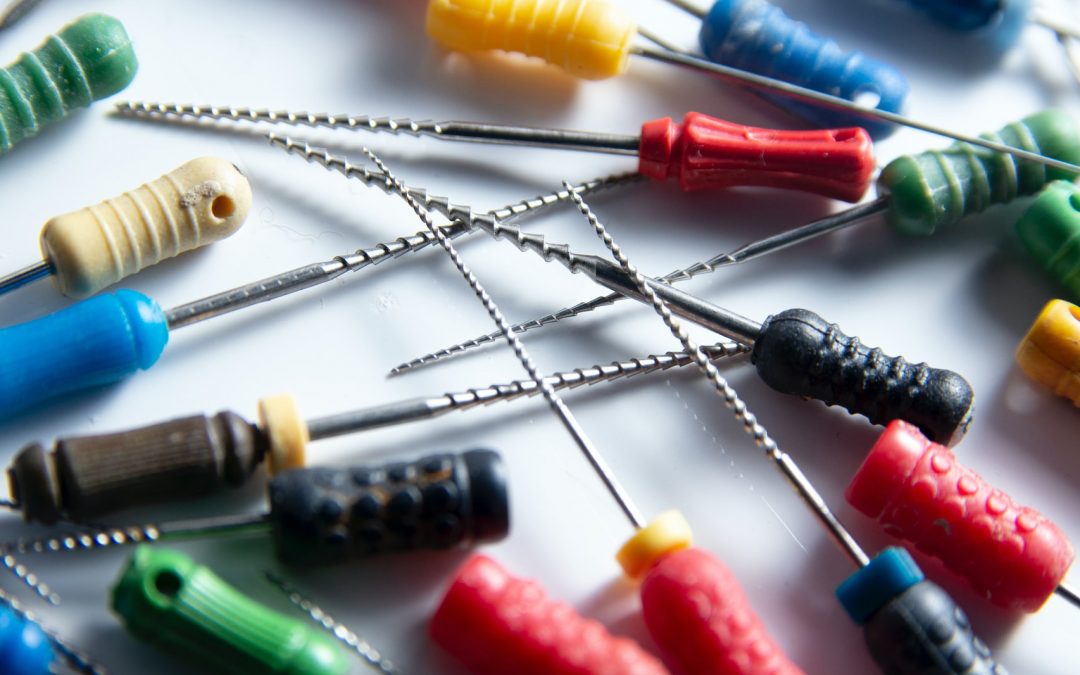
Disinfecting nanobots could be the key to preventing the failure of root canal fillings post-treatment.
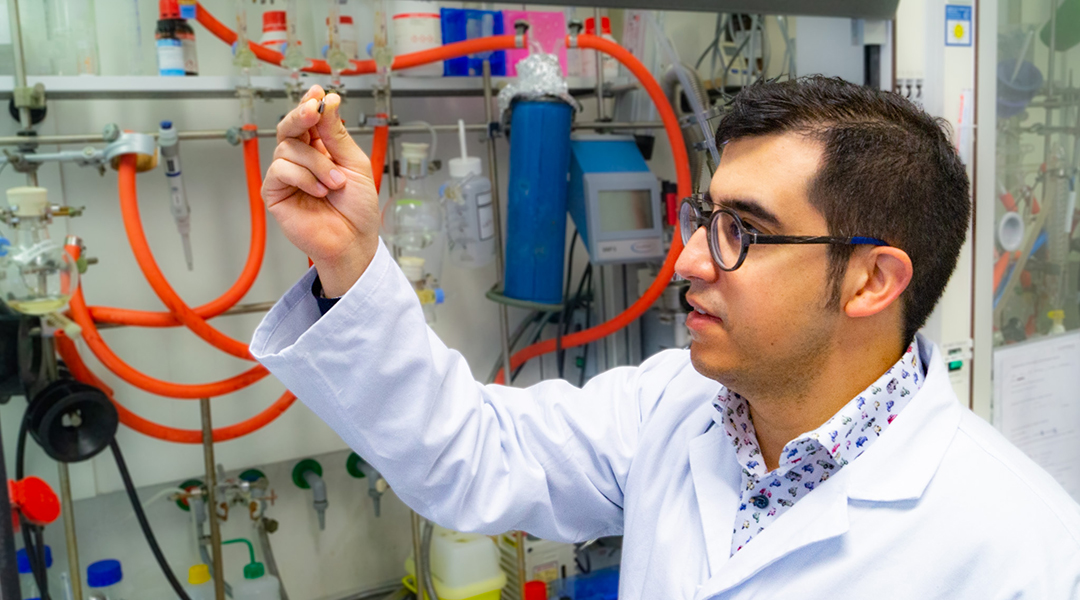
Through innovative, interdisciplinary work, chemist César Rodriguez-Emmenegger is seeking a way to communicate with biological systems.
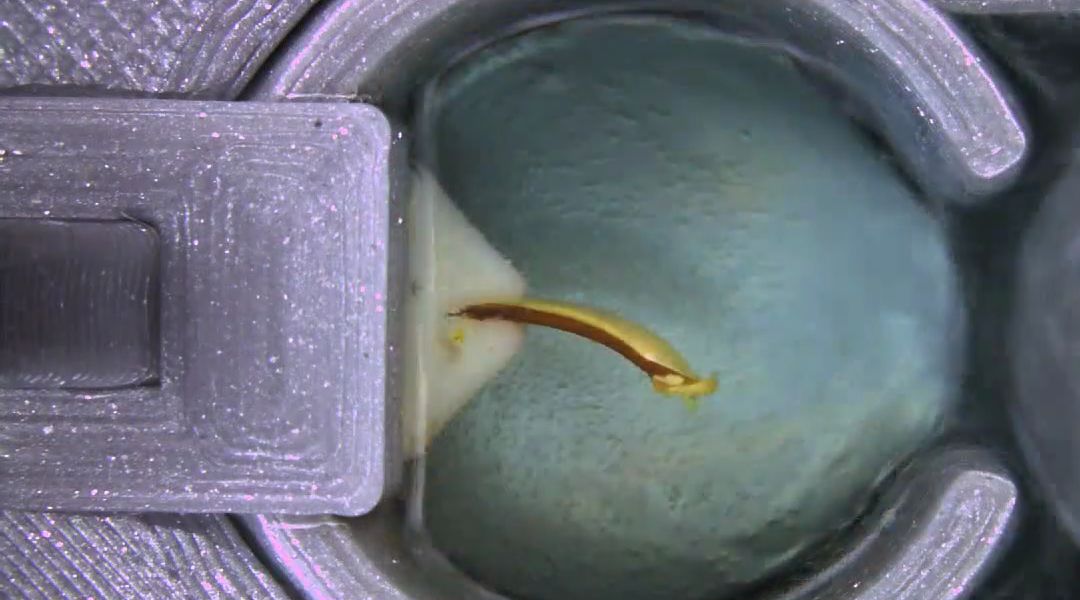
Scientists have developed the first artificial muscles made from natural proteins that contract autonomously and consume chemical fuel.